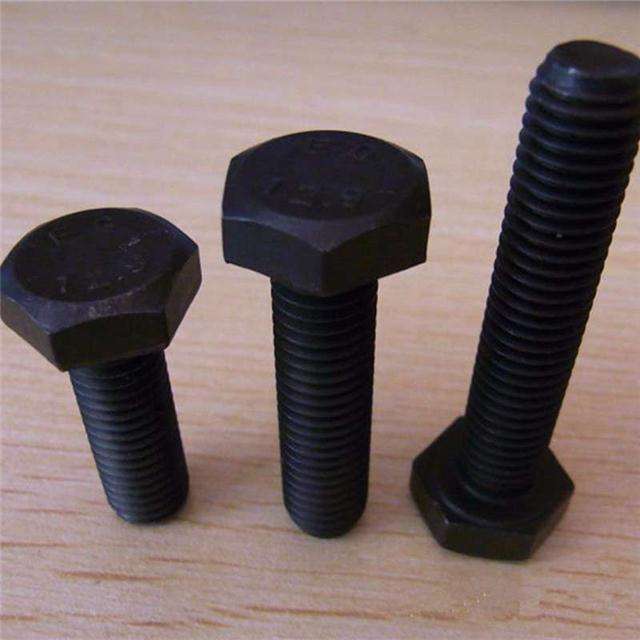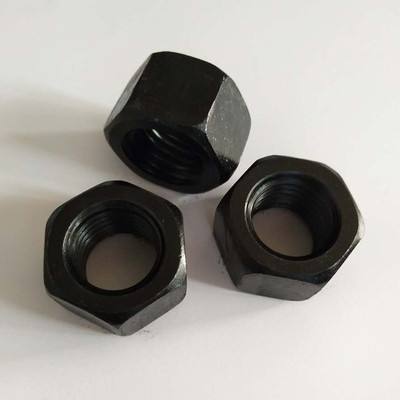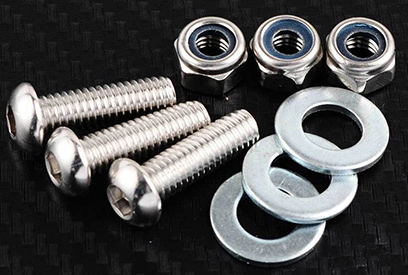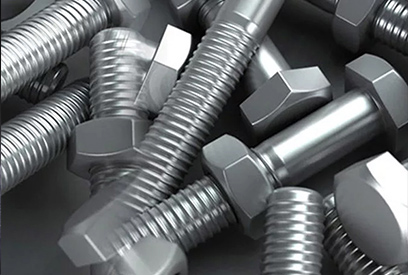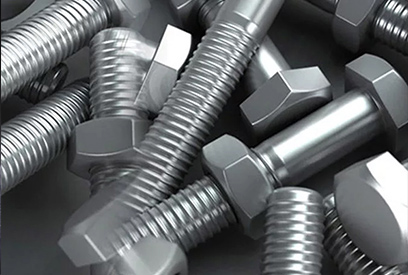Hexagonal nuts are used in conjunction with bolts and screws to connect and fasten parts. Among them, Type 1 hexagon nuts are the most widely used. Class C nuts are used for machines, equipment, or structures with rough surfaces and low precision requirements. Class A and B nuts are used for smooth surfaces and high precision requirements. on machinery, equipment, or structures. The thickness M of the type 2 hexagon nut is thicker, and it is mostly used on occasions where assembly and disassembly are often required. The thickness M of the hexagonal thin nut is relatively thin, and it is mostly used in situations where the surface space of the connected parts is limited. Nuts are fasteners that have internal threads and are used in conjunction with bolts. Below, Hex Bolt Manufacturers introduces the classification and advantages of hex nuts:
1. Ordinary external hexagon: It is widely used, and is characterized by a relatively large tightening force. The disadvantage is that there must be enough operating space during installation. You can use an adjustable wrench or an open-end wrench, or a glasses wrench and above. operating space.
2. Cylindrical head hexagon socket: It is the most widely used of all screws, because it has a relatively large tightening force, and it can be operated with a hexagon wrench. It is very convenient to install and is used in almost all kinds of structures. The appearance is more beautiful and neat. The fastening force tip is lower than the outer hexagon, and the inner hexagon is easily damaged by repeated use and cannot be disassembled.
3. Pan head inner hexagon: It is rarely used mechanically, and the mechanical properties are the same as above. Most of them are used in furniture. The main function is to increase the contact surface with wooden materials and increase the ornamental appearance of the appearance.
4. Headless inner hexagon: It must be used in some structures, such as the top wire structure that requires a large jacking force, or where the cylindrical head needs to be hidden.
5. Countersunk head hexagon: mostly used in power machinery, the main function is the same as the inner hexagon
6. Nylon lock nut: A nylon rubber ring is embedded in the hexagonal surface to prevent the thread from loosening, and it is used on strong power machinery.
7. Flange nuts: mainly play the role of increasing the contact surface with the workpiece, mostly used in pipes, fasteners, some stamping parts, and casting parts.
8. Ordinary hex nut: the most widely used and one of the most common fasteners.



